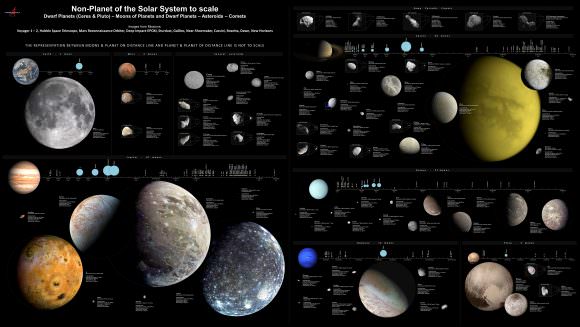Why some planets have multiple moons ?
The moon has intrigued people for centuries and is often the subject of poetry and stories.
However, besides the romanticism, the moon makes earth a liveable planet, moderating its position on the axis, leading to a relatively stable climate, Discover Magazine reported.
It also plays an important role in causing ocean tides, creating a rhythm that has guided humans for thousands of years.
While the Earth only has one moon, many planets in our solar systems have more than one, such as Jupiter, which has 95 moons.
Why do only some planets have multiple moons?
Objects have a gravitational force of attraction on nearby objects. The larger the object, the greater the force of attraction.
The solar system is dominated by the sun’s gravitational force, as it is the largest planet in our system. In order for a moon, also termed a “natural” satellite by Nasa, to orbit around the planet, it has to exert enough force. This is known as the Hill sphere radius.
It is based on the masses of both the larger and the smaller object, keeping each other in place.
Small planets like Mercury and Venus have a small Hill sphere radius, which is why they cannot experience a large gravitational pull. Any potential moons likely get pulled by the sun.
Planets like Jupiter, Saturn, Uranus, and Neptune have larger Hill sphere radii and are farther from the sun, making it easy for them to attract and keep more moons in their orbit.

